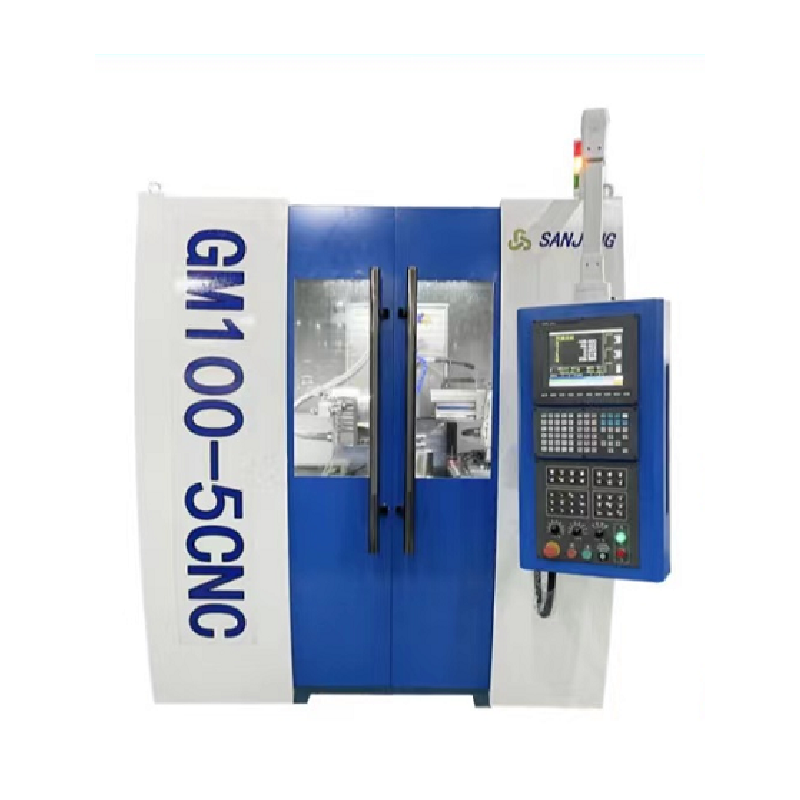Early Materials Utilized in roman surgical instruments
The ancient Romans crafted their surgical instruments from a variety of materials, each chosen for its specific properties. Initially, bronze was the material of choice due to its availability and workability. It was strong enough to be fashioned into effective tools and had a relatively long lifespan when properly maintained. However, bronze was eventually phased out in favor of iron and steel, which provided a sharper cutting edge and greater durability. These materials represented the pinnacle of Roman manufacturing and were produced in specialized factories and workshops throughout the empire, reflecting the sophisticated manufacturing techniques of the time.
Introduction of Iron and Steel in the 500s and 600s CE
The shift to iron and steel around the 500s and 600s CE marked a significant advancement in the quality of surgical instruments. These materials were sourced from large-scale iron smelting operations that could produce vast quantities of metal, suitable for meeting the wholesale demands of the Roman Empire's medical needs. The versatility and sharpness of iron and steel made them superior to bronze, enabling the creation of more intricate and precise tools. Roman manufacturers, skilled in metallurgy, played a crucial role in producing these high-quality instruments.
The Influence of Greek Techniques on Roman Surgery
Roman surgical practices were heavily influenced by earlier Greek techniques. Greek physicians, such as Hippocrates and Galen, laid the groundwork for medical practices that Romans later adopted and refined. These methods emphasized the use of specific instruments for distinct medical procedures, leading to the development and widespread manufacturing of specialized tools. The Greeks' focus on surgical precision and comprehensive treatment influenced Roman manufacturers to produce instruments that could perform a wide range of medical procedures.
Key Examples of Roman Surgical Instruments
Among the plethora of tools used by Roman surgeons were scalpels, forceps, bone saws, and specula. Each of these instruments was crafted with precision and care in dedicated workshops. Manufacturers utilized the latest techniques of the time to ensure each tool met the rigorous demands of surgical use. Factories processed raw materials into fine surgical tools, supporting the wholesale supply chain that kept Roman medical practices thriving. These instruments are testament to the era's advanced manufacturing capabilities, showcasing the intricate engineering that Roman manufacturers employed.
The Role of Reproduction and Preservation
The preservation and reproduction of Roman surgical instruments have provided invaluable insights into ancient manufacturing practices. Reproductions of these tools, crafted by modern manufacturers, help historians and medical professionals understand the technological capabilities and medical procedures of ancient Rome. These replicas are often produced in current-day factories that replicate the ancient techniques, allowing for a comprehensive appreciation of Roman engineering and craftsmanship.
Specialized Instruments for Gynecology and Obstetrics
Roman manufacturers also excelled in producing specialized instruments for gynecological and obstetric procedures. Tools such as the vaginal speculum and the birthing chair were integral to women's healthcare in ancient Rome. These instruments were made with precision, often using materials that provided the necessary strength and flexibility. The production of such specialized tools demonstrated the advanced capabilities of Roman manufacturers and factories, which were able to meet the unique needs of medical professionals across the empire.
Bone-Related Surgical Tools and Their Use
Bone surgeries required a distinct set of tools, including bone levers, osteotomes, and forceps. These instruments were crafted from the strongest materials available, such as steel, to endure the rigors of cutting and reshaping bone. Roman manufacturers produced these tools in large quantities to supply surgeons operating on the battlefield and in urban medical centers. The need for durable, reliable instruments drove innovations in manufacturing processes, making Roman factories pivotal in the supply of surgical tools for bone-related procedures.
Cupping Vessels and Bloodletting Practices
Cupping vessels played a significant role in Roman medical practices, particularly for bloodletting. These vessels were typically made from bronze or horn, materials that were readily available and easy to mold. Factories produced these vessels in various sizes to accommodate different medical needs, facilitating their wholesale distribution throughout the Roman Empire. The use of cupping vessels reflects the advanced understanding of medical techniques among Roman physicians and underscores the importance of reliable manufacturers in producing essential medical equipment.
Trepanning and Cranial Surgery Techniques
Trepanning was among the most awe-inspiring surgical procedures performed in ancient Rome, involving the drilling of holes into the skull to alleviate pressure and treat head injuries. This procedure required highly specialized drills, crafted from durable materials like iron and steel. Skilled manufacturers meticulously produced these instruments to precise specifications, ensuring their effectiveness in delicate cranial surgeries. This procedure highlights the sophisticated surgical techniques of the time and the critical role of manufacturers in supplying the necessary tools.
Factors Influencing Roman Surgical Practices
The development of Roman surgical practices was influenced by various factors, including the demand for advanced medical treatment, the availability of materials, and the skills of local manufacturers. The integration of Greek medical knowledge with Roman ingenuity led to the evolution of highly effective surgical procedures and instruments. Factories and workshops across the Roman Empire responded to the evolving needs of medical professionals, ensuring a steady supply of high-quality tools for wholesale distribution.
Boyue Provide Solutions
Boyue is committed to advancing the manufacturing of medical instruments by providing innovative solutions that draw inspiration from historical practices while incorporating modern technology. By studying ancient Roman techniques and manufacturing processes, Boyue aims to produce cutting-edge surgical tools that meet today's rigorous standards. Boyue's specialized factories focus on creating high-quality instruments for wholesale distribution, ensuring that medical professionals have access to the tools they need to deliver superior patient care. With a blend of tradition and innovation, Boyue's solutions continue to shape the future of medical instrument manufacturing.

Post time: 2025-07-16 10:43:04


